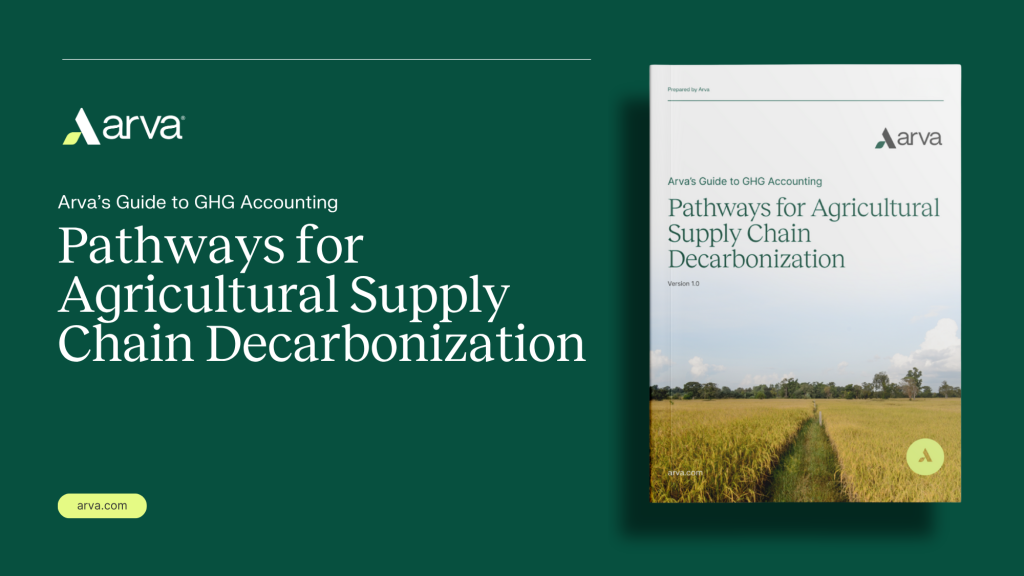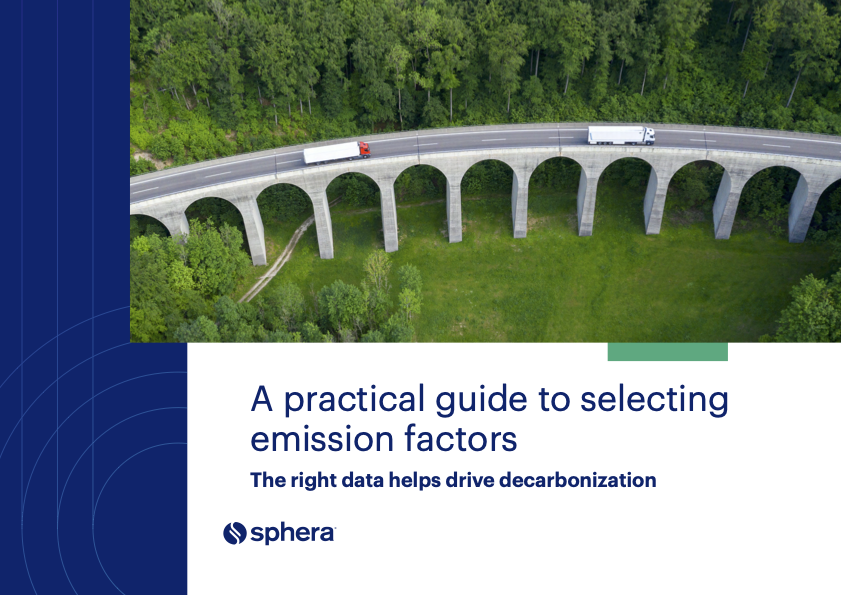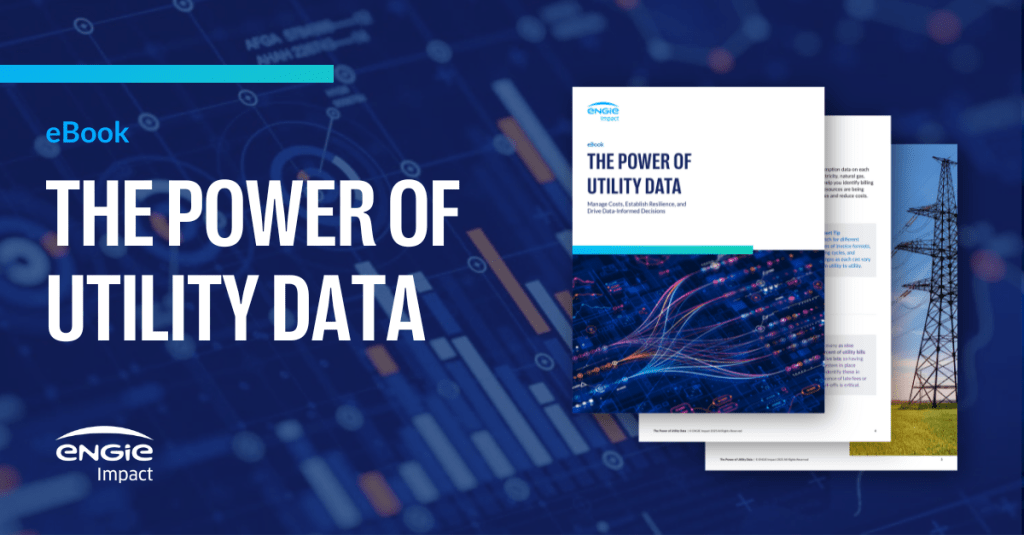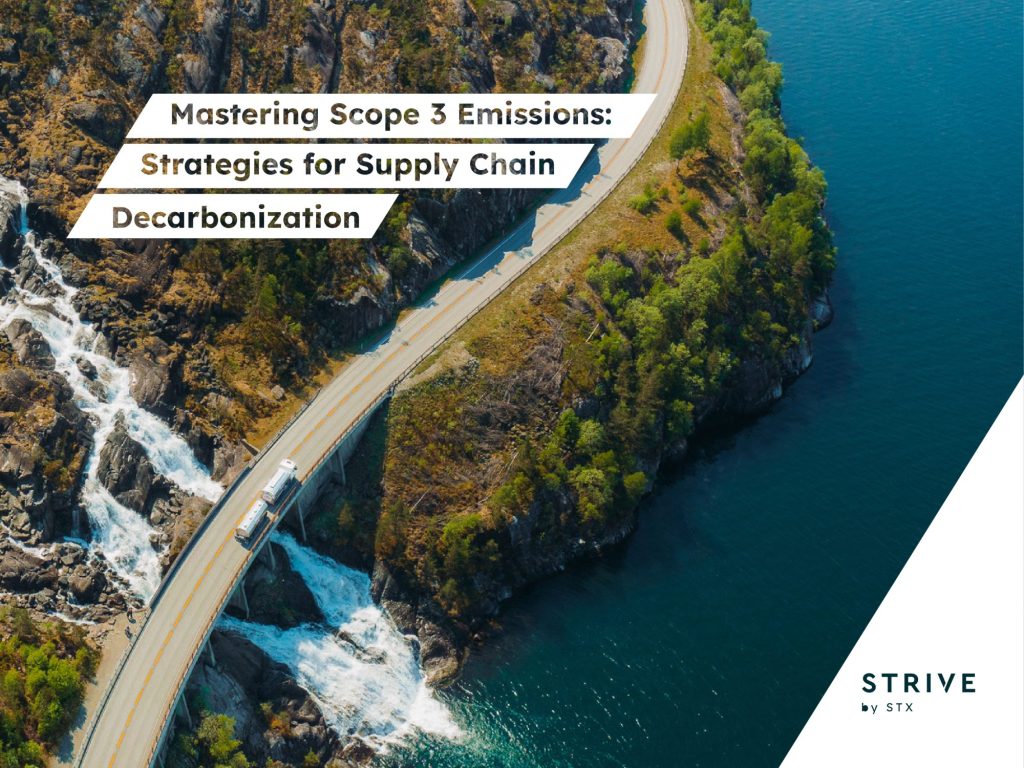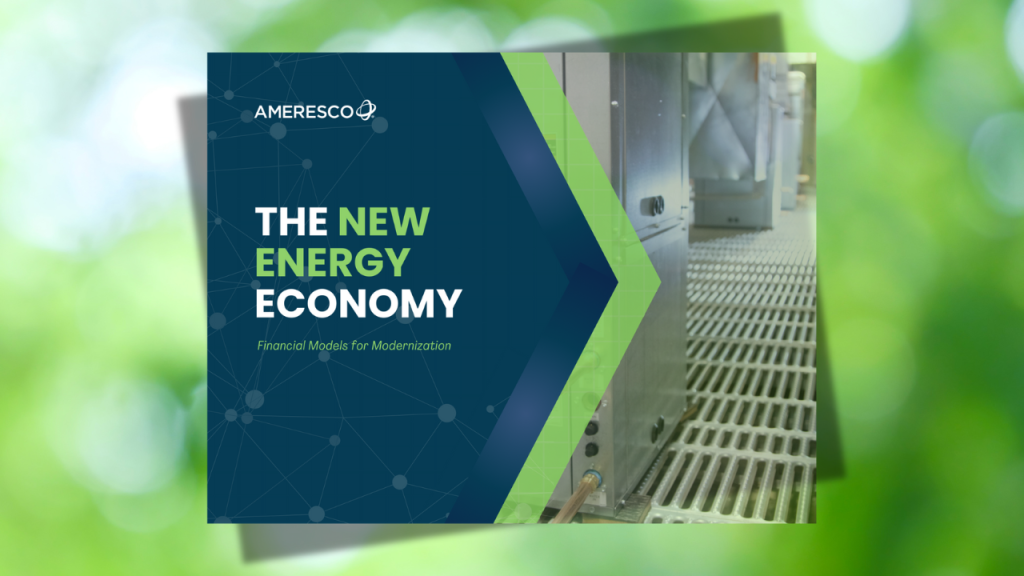Adidas, Target will explore bioplastics in shoes
They're teaming up with Fashion for Good and materials startups to build a foundation for plant-based shoe soles. Read More
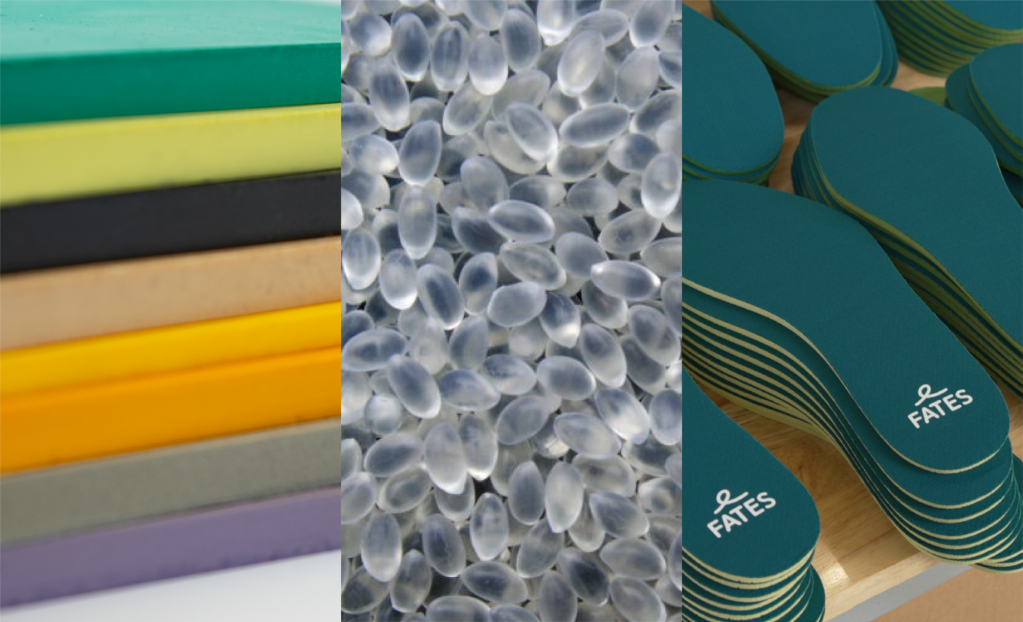
- The brands are backing startups to test plant- and waste-based foams, rubbers and polymers.
- Soles are a hotspot for climate and micro-plastic impacts.
- EU’s Ecodesign rules and extended producer responsibility laws in Europe and California are pushing companies to design out waste and fossil-based plastics.
Hundreds of millions of shoes loaded with fossil-plastics reach waste bins every year in the United States. That’s why Adidas, Target and Zalando are teaming up with Fashion for Good on a collaboration to explore bioplastic alternatives for soles, which compose 40 percent of a shoe’s mass.
The Next Stride collaboration, announced Sept. 18, will engage biomaterials startups to understand the possibilities for next-generation materials.
“The Next Stride is a critical, collaborative intervention to de-risk the widespread adoption of high-performance bio-based alternatives for footwear soles,” said Katrin Ley, managing director at Fashion for Good, in a press statement. “By transforming the very foundation of the shoe, we address the most impactful component in its lifecycle and open the door to systemic change in the footwear industry.”
In addition to rubber derived from Hevea brasiliensis tree sap, soles often feature polyurethane, thermoplastic polyurethane (TPU) or ethylene-vinyl acetate foam. Those fossil-based materials bring a high climate burden from the start, then pollute later in an incinerator or landfill. Plus, while people walk or run, the polymers in their sneakers or slip-ons slough off microplastics.
Adidas’ Director of Sustainability Direction Gudrun Messias stated that exploring how bio-based materials may lower the environmental impact of soles “while at the same time meeting or even enhancing the high-performance standards our athletes and consumers expect from Adidas products.”
Material imperatives
Material innovations are important to decarbonizing footwear supply chains. For Adidas, for one, 87 percent of climate emissions comes from upstream activities including raw materials production.
Regulations are forcing the issue as rules come into effect in the next few years, as well. The European Union’s Ecodesign for Sustainable Products Regulation encourages footwear makers to ensure durability, reparability, recycled content and freedom from toxic chemicals. In addition, extended producer responsibility laws in Europe and California will be forcing brands to take account of their footwear waste.
The Next Stride will tackle three goals over the next 12 months. First, it will conduct life cycle assessments to understand the impacts of biomaterials, including how carbon dioxide from plant-based materials flows within the natural carbon cycle. Next, it will compare the emerging materials against traditional ones. Finally, it will examine how to drive down costs for alternative materials.
Engineering plant- and waste-based materials that last long enough for the wearer, but not too long in nature, is one challenge for the startups involved in The Next Stride:
- Algenesis Labs of San Diego works on an algae-based, biodegradable polyurethane called Soleic.
- Balena of Tel Aviv makes BioCir compostable thermoplastic, which has featured in Vivobarefoot and Stella McCartney designs.
- Evoco of Toronto focuses on plant-based foams and bio-based TPU. Its material has appeared in Vans and Timberland styles.
- Swiss startup KUORI transforms olive pits, nutshells and peels into pellets that biodegrade.
- Yulex, which appears in Patagonia wetsuits, is also the name of the Arizona-California company working on natural rubber and foams.
Fruits, fungus and cinnamon tree waste are slowly stepping into the sneaker market as well. For example, Paris-based Circle Sportswear’s $140 SuperNatural Runner may have the most bio-based materials in a sneaker, including rubber in the outsole and a partly castor-bean-foam midsole.
Baking in biocircularity
“If you aim to close the loop entirely, I think biocircularity is the way to go,” said Sven Segal, founder of the Better Shoes Foundation, an open-source effort based in London.
However, new materials can bring lifeycle tradeoffs when measured against fossil materials. And some materials billed as natural reveal upon closer inspection a dependence on synthetics, such as a thin polyurethane layer on an otherwise plant- or mycelium-based “leather.”
“We have to understand, first of all, what’s their provenance, what’s the raw material?” said Amanda Johnston, curator and consultant in London at The Sustainable Angle. The nonprofit runs the annual Future Fabrics Expo, which in June in London exhibited numerous climate-forward footwear designs.
“How does it affect the broader biodiversity and the communities around it, etc?” she added. “And then you start trying to figure out, how do they process this? And then what other materials are joining the cake mix, as it were, that may compromise its sustainability further?”
Innovators are rushing to fill financial opportunities for material development, she added, and to fill gaps that have turned up in research. However, recycling and composting the materials can’t happen without the infrastructure to support them.
Shoe biz
Numerous early industry efforts are afoot to reduce the climate impacts of shoes. Since February, Fashion for Good of Amsterdam has also been engaging in its Closing the Footwear Loop project. It brings together 17 brands including Adidas, Puma, Target, On and Dr Martens to explore design for circularity, find end-of-use business models and map industry waste streams in Europe.
In addition, the nonprofit Footwear Collective for the past two years has been working with Target, New Balance, Crocs and others to promote circularity and drive down emissions. Its founder, Yuly Fuentes-Medel, has met some bioplastics innovators involved in the Next Stride. “I admire their work to identify new sources and new chemistries for bio-based solutions that rebuild the periodic table of polymers in footwear,” she said. “If we can scale any of these formulations to better synchronize with the entire system, everyone wins.”
“We are in this funny Wild West of materials space, which is super fascinating to go scurrying around in,” said Johnston. “I’ve never seen so much activity.”

Subscribe to Trellis Briefing
Featured Reports

The Premier Event for Sustainable Business Leaders




